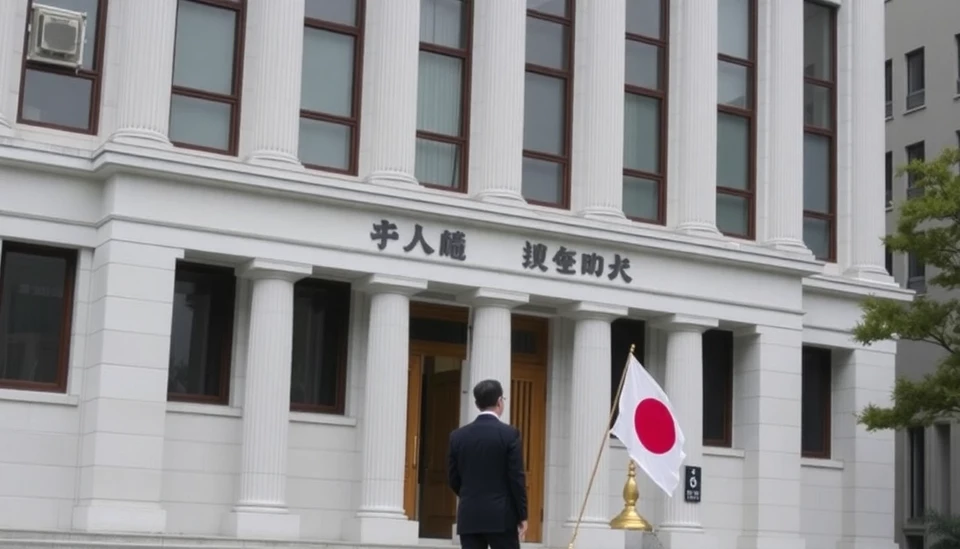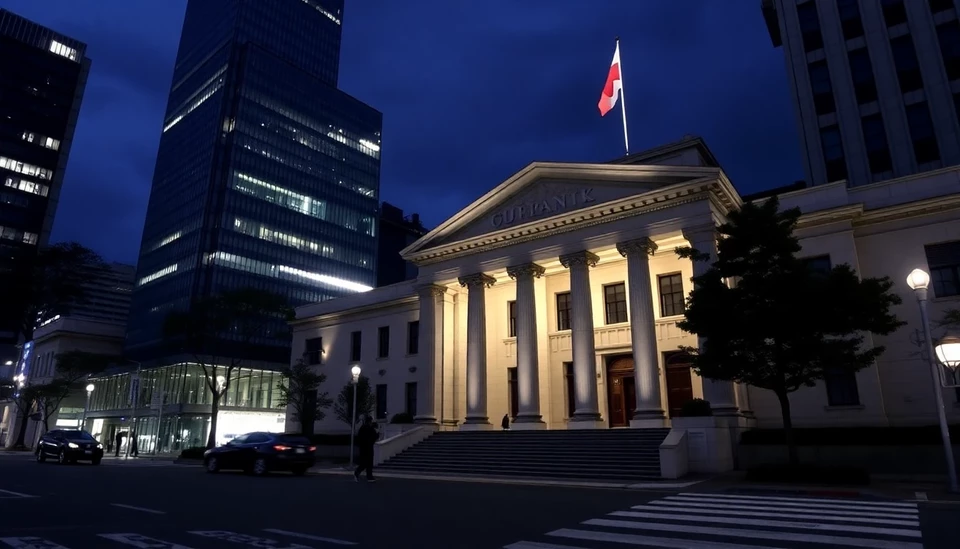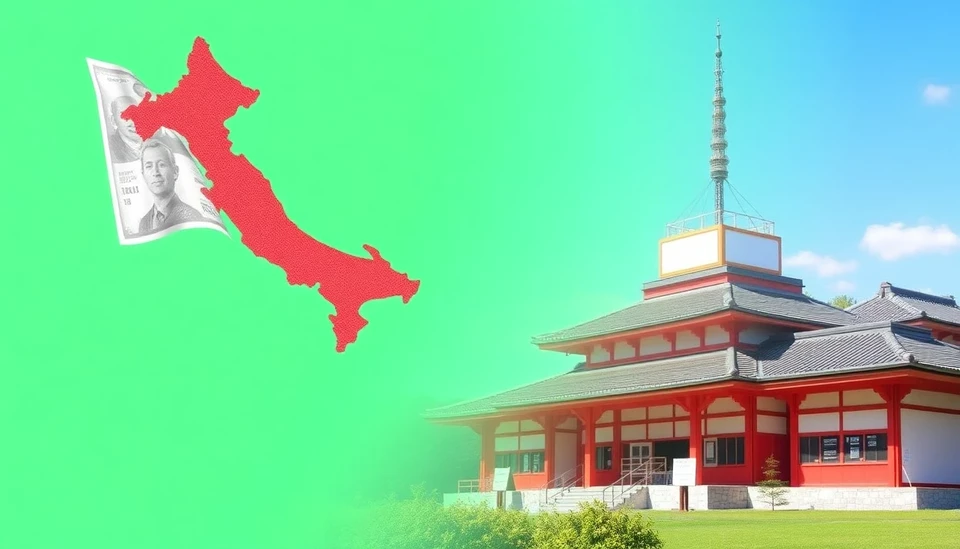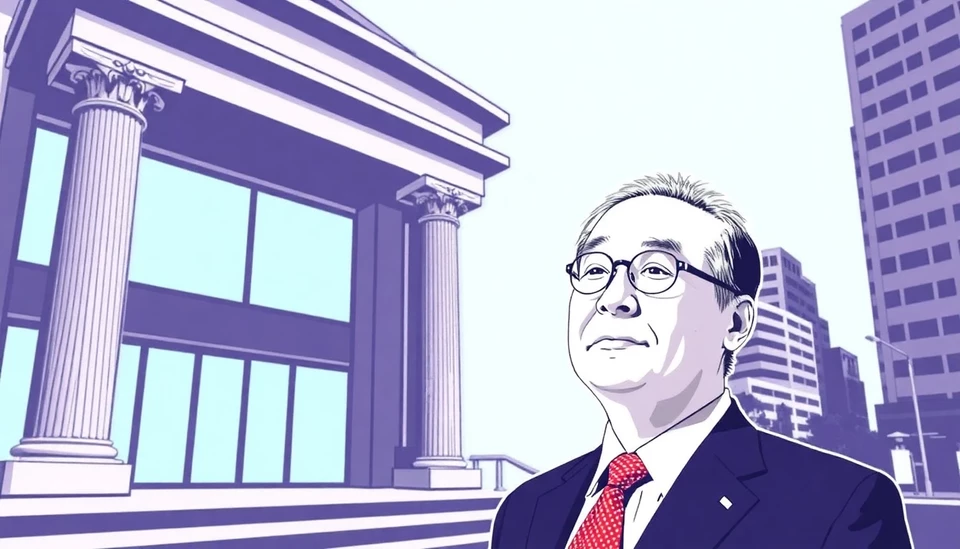
In a significant announcement that could reshape Japan’s monetary policy landscape, Bank of Japan (BOJ) official Shinichi Tamura has put forward the argument for an interest rate adjustment, advocating for a target of at least 1% in the latter half of fiscal year 2025. This statement has ignited discussions among economists and market watchers who are keenly observing Japan's continued struggle with economic growth and inflationary pressures.
Speaking at a recent seminar, Tamura emphasized the necessity for a change in the interest rate policy, aligning it more closely with the current economic environment. His remarks come in the backdrop of years characterized by ultra-low interest rates, which have been instrumental in sustaining Japan's economic recovery post the global financial crises.
"Given the current inflation trends and the potential for further economic recovery, it’s critical to aim for a rate of at least 1%," Tamura stated. He underscored that such a move would not only act as a countermeasure against rising prices but also ensure greater financial stability for the Japanese economy.
The official's position reflects a growing sentiment among certain factions within the BOJ who are advocating for a strategic pivot away from the longstanding ultra-easy monetary framework. Japan has been grappling with decades of deflationary pressures, and while the current inflation rates have been manageable, the need for a more normalized monetary policy stance is becoming increasingly pertinent.
Economists and market analysts have been parsing his statement for implications on future BOJ policy actions. The anticipated move towards a more sensible interest rate is viewed as a potential signal that the central bank is preparing to navigate away from its aggressive monetary easing measures that have historically characterized its policy stance.
Moreover, recent economic indicators have presented a mixed bag. While consumer spending has shown improvement, rising commodity prices and supply chain disruptions pose risks that could hinder further economic stabilization. Tamura's comments suggest that the BOJ is acknowledging these challenges and is prepared to adapt accordingly.
Market reactions to the announcement have been immediate, with banking stocks witnessing a positive bump as investors interpret Tamura's comments as a precursor to policy tightening. However, caution remains pervasive as market participants await further clarity on the central bank's timeline and methodology regarding any rate changes.
In summary, Tamura’s advocacy for a 1% interest rate by the latter part of fiscal year 2025 marks a noteworthy intersection of Japan’s historical monetary policies and the present economic realities. As the global economic landscape continues to evolve, all eyes will be on the BOJ's next moves, which could chart a new course for its long-affiliated monetary approach.
Movements in interest rates will significantly impact businesses, consumers, and the broader economic framework of Japan. As the BOJ continues to assess macroeconomic indicators, the call for a gradual, yet determined shift in policy might resonate with various sectors aiming for sustainable growth.
Hashtags:
#BankOfJapan #InterestRates #ShinichiTamura #MonetaryPolicy #JapanEconomy #FinancialStability #FiscalYear2025
Author: Laura Mitchell




